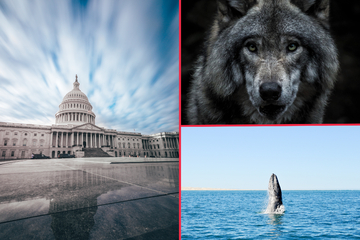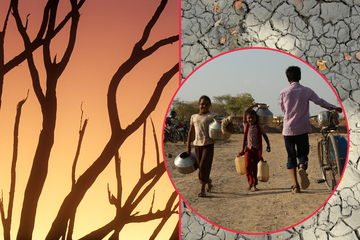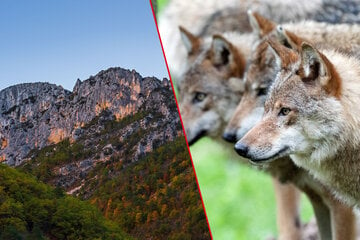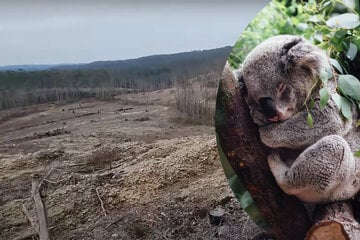World heading for "biological annihilation" as 21 US species declared extinct in 2023
The US Fish and Wildlife Service (USFWS) removed 21 species from the endangered list in 2023. These now-extinct animals are yet another sign of what some scientists are calling "biological annihilation."
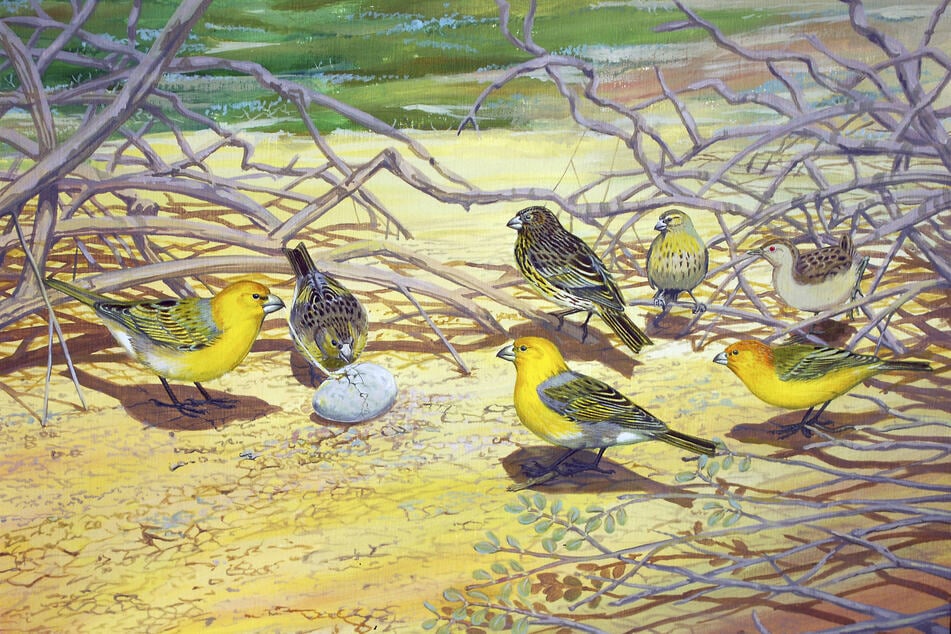
Once known as a place rich with natural wonder, cluttered with native flora and fauna rivaled by few other places on Earth, the United States has seen worryingly rapid extinction rates over the last few decades.
In 2023 alone, 21 species went extinct within the USA.
Extinctions occurred most frequently in regions of the country that are particularly prone to the impacts of climate change like Hawaii, which saw unprecedented wildfires devastate large areas of Maui.
All of this is a troubling continuation of a trend that some scientists are saying will lead to "biological annihilation" and a "sixth mass extinction" by the end of the century if it is allowed to continue any further.
Extinction crisis looms as biodiversity plummets
While only two vertebrate groups were expected to have gone extinct over the last half millennia, a study by Gerardo Ceballos and Paul R. Ehrlich and published by the Proceedings of the National Academy of Sciences (PNAS) revealed that the real number of vertebrate extinctions between the years 1500 and 2022 was actually 73.
The mass extinction was described in the report as the "mutilation of the tree of life." According to the authors, this maiming of nature "is changing the trajectory of evolution globally and destroying the conditions that make human life possible... We are in the sixth mass extinction event."
Speaking to Stanford's University Press, Ceballos described what's happening as human activity "putting a big dent in the evolution of life on the planet." In addition, this dent will not only damage the natural world but will also "cause a lot of suffering for humanity."
This is because it is not just individual species that are going extinct, but entire genetic groups. While a single species can be replaced in an ecosystem by those with a similar genetic code, when an entire genus disappears it leaves a space that only evolution can fill – a process that takes millions of years.
With rates of extinction where they are, these degradations in biodiversity are going to have domino effects that influence food chains and will, as they move down the line of succession, impact human activity.
US extinctions reach 21 in a single year, hitting Hawaii particularly hard
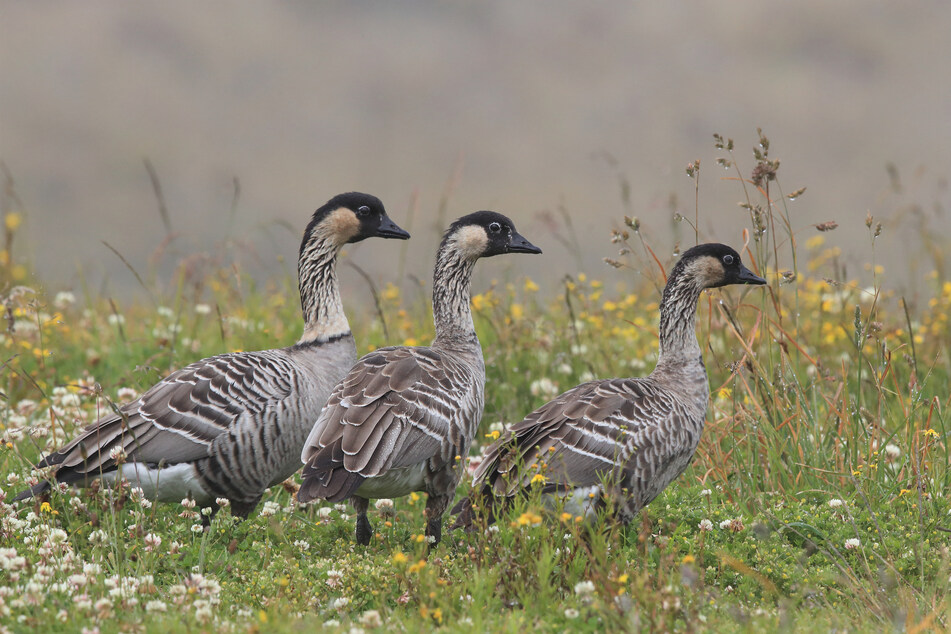
Out of the 21 species de-listed from the Endangered Species List by the USFWS in 2023, eight were Hawaiian forest birds. They are not alone, either, with four other local species also listed as under imminent risk of extinction.
Birds are especially at risk in Hawaii not only because of last year's fires but also due to an epidemic of avian malaria.
As The Guardian reports, the disease is mainly transmitted via invasive mosquitoes that have increased in quantity due to habitat loss.
Additionally, many of the birds declared extinct in 2023 have cousins and similar genera that have become all the more at risk due to the passing of their close relatives.
Outreach associate for the Maui Forest Bird Recovery Project Rachel Kingsley said that "many of the same threats faced by the birds that were recently declared extinct are the same ones threatening our forest birds now... Within the last handful of years, the threat of malaria has really increased dramatically.”
As more threats pose their ugly heads and more species and genera succumb to those same threats, the likelihood of future threats increases. This, of course, is then compounded by human impacts.
In the aftermath of last year's firestorm, which consumed the Hawaiian town of Lahaina in August, a wave of "toxic debris" blanketed not only nearby population centers but also any local ecosystems that were lucky enough to escape the blaze itself.
This exemplifies the extent of the impending crisis. It's not just the epidemic that threatens local Maui birds, and it's not just the flames, but rather a cocktail of challenges that contribute to increasing extinction rates.
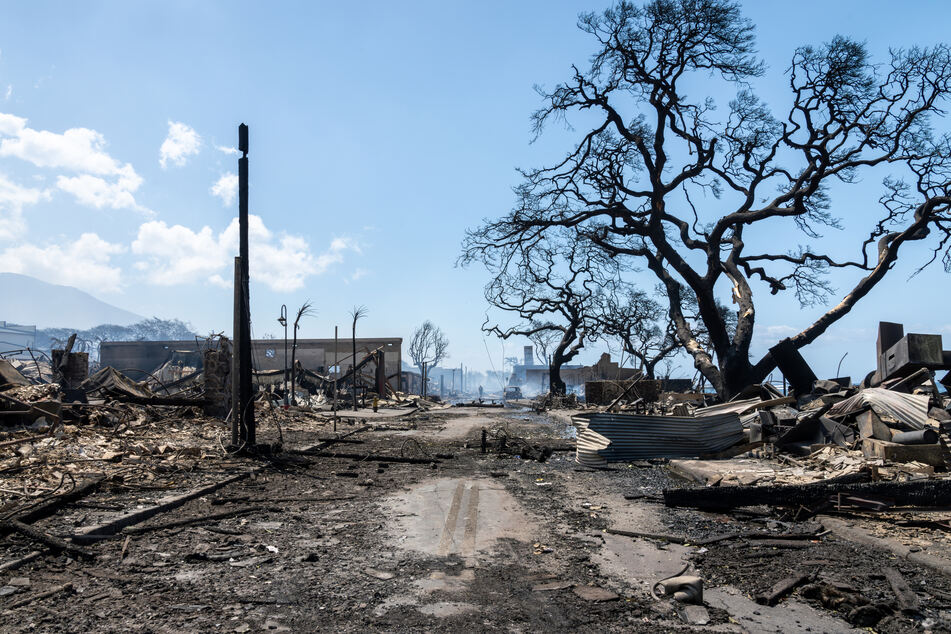
"Biological annihilation" on its way for Earth's most vulnerable
The PNAS report starts by declaring that this "sixth mass extinction event" is unlike any other, and it's for a very precise reason. They stipulate that "unlike the previous five, this one is caused by the overgrowth of a single species, Homo sapiens."
As Republican members of the US Government continue to push for endangered species to receive fewer protections in the Endangered Species Act, the cocktail continues to be shaken and the "biological annihilation" that the report warns of seems increasingly likely.
A European Commission study released in January 2023 showed that the Earth will lose 27% of all plants and animals by the year 2100. The research article reported a similar story, that it isn't just about the toll on specific species, but about how their loss will impact ecosystems.
"Communities will lose up to a half of ecological interactions, thus reducing trophic complexity, network connectance, and community resilience," authors Giovanni Strona and Corey J. A. Bradshaw stipulate in the abstract.
It seems that the ultimate threat is "coextinction," where the loss of a species directly contributes to the loss of another. Again, Strona and Bradshaw use a frightening and strikingly-familiar term to describe where these roads lead: "The planet has entered the sixth mass extinction."
Cover photo: IMAGO/Nature Picture Library
